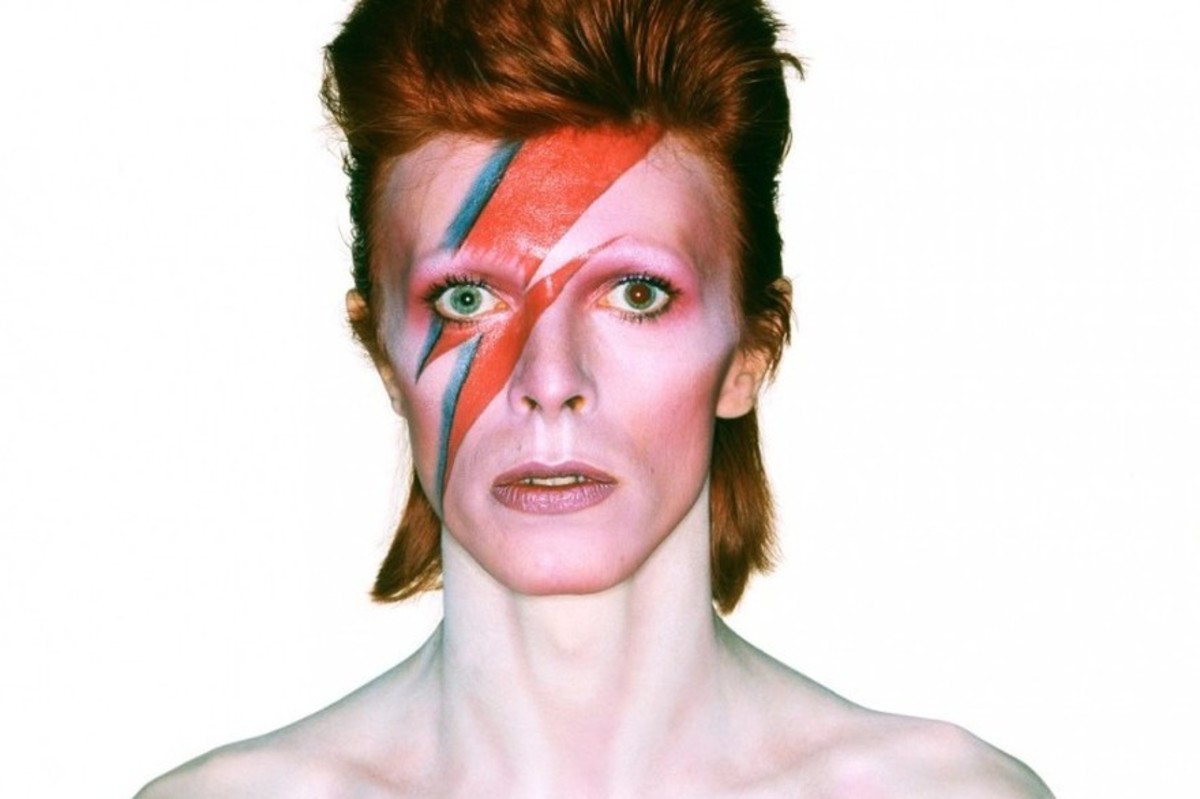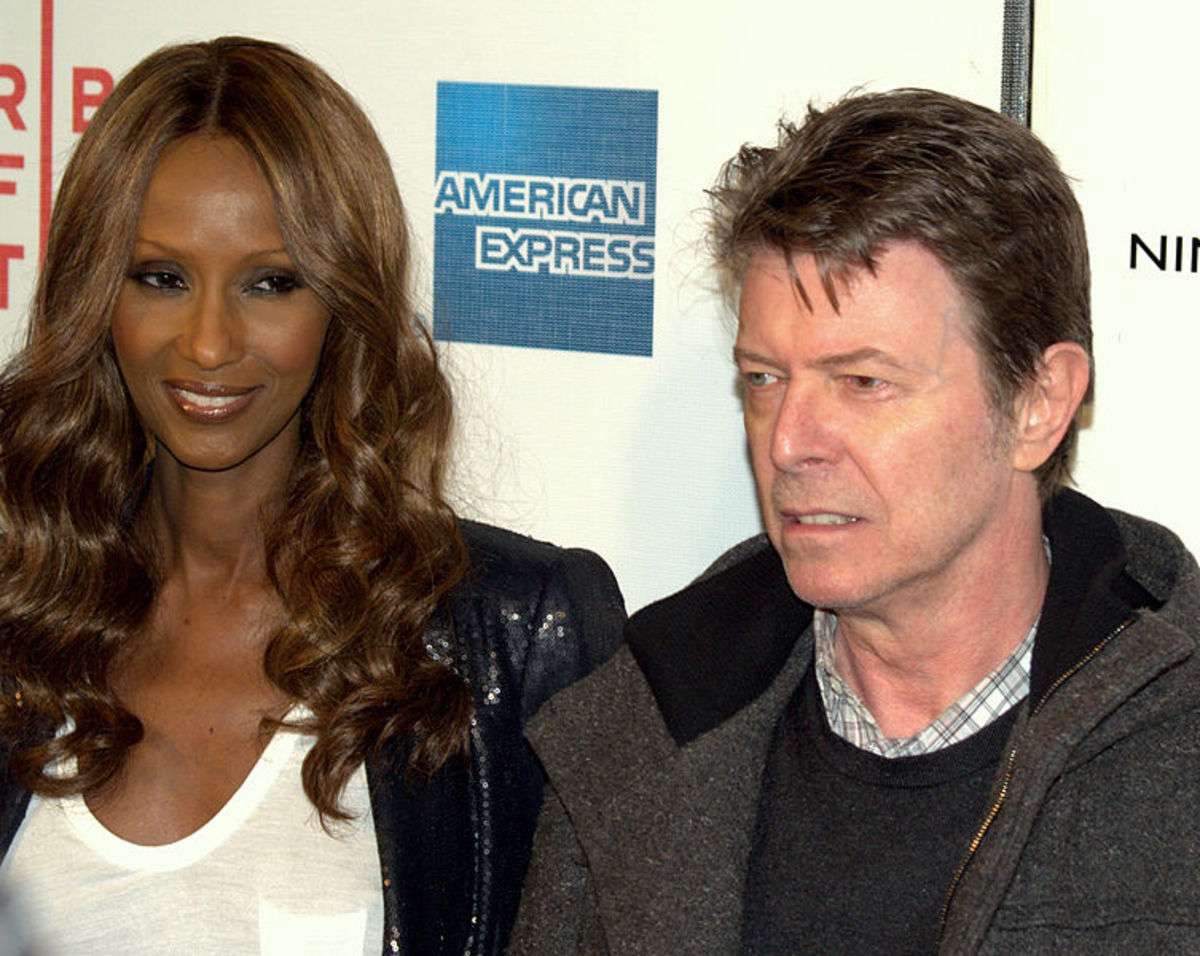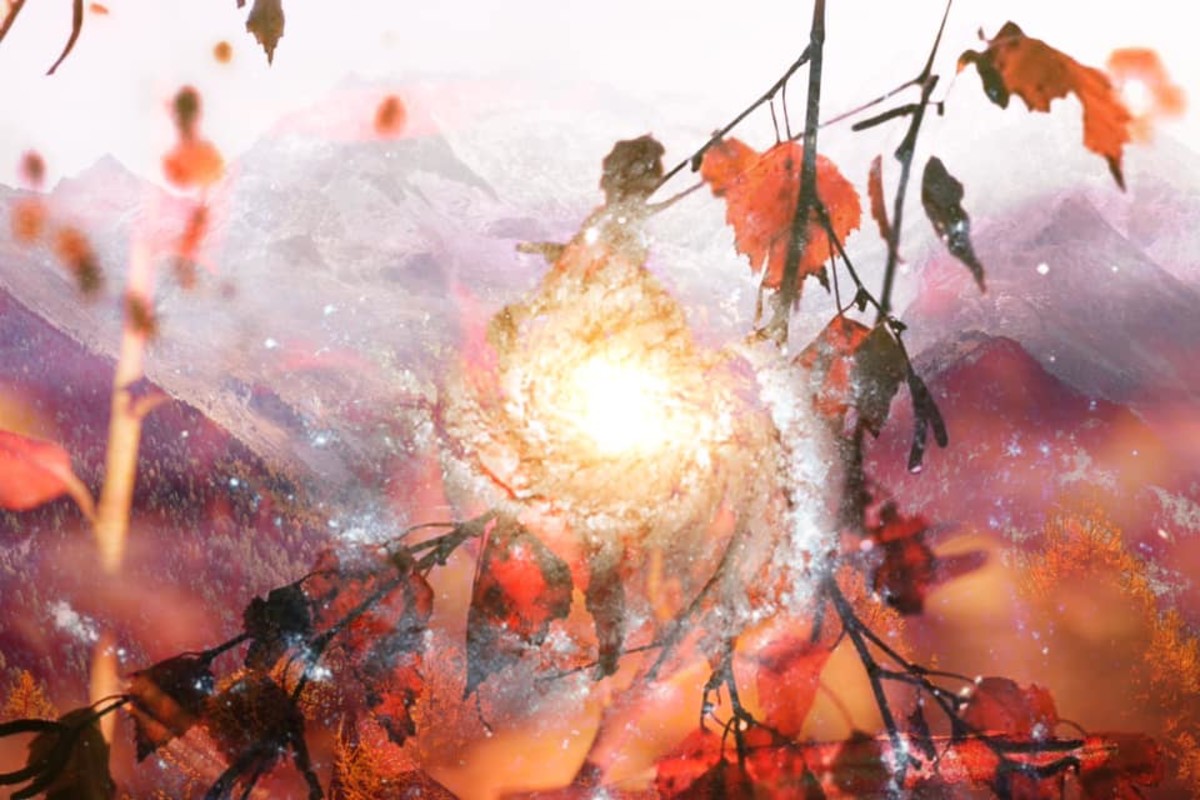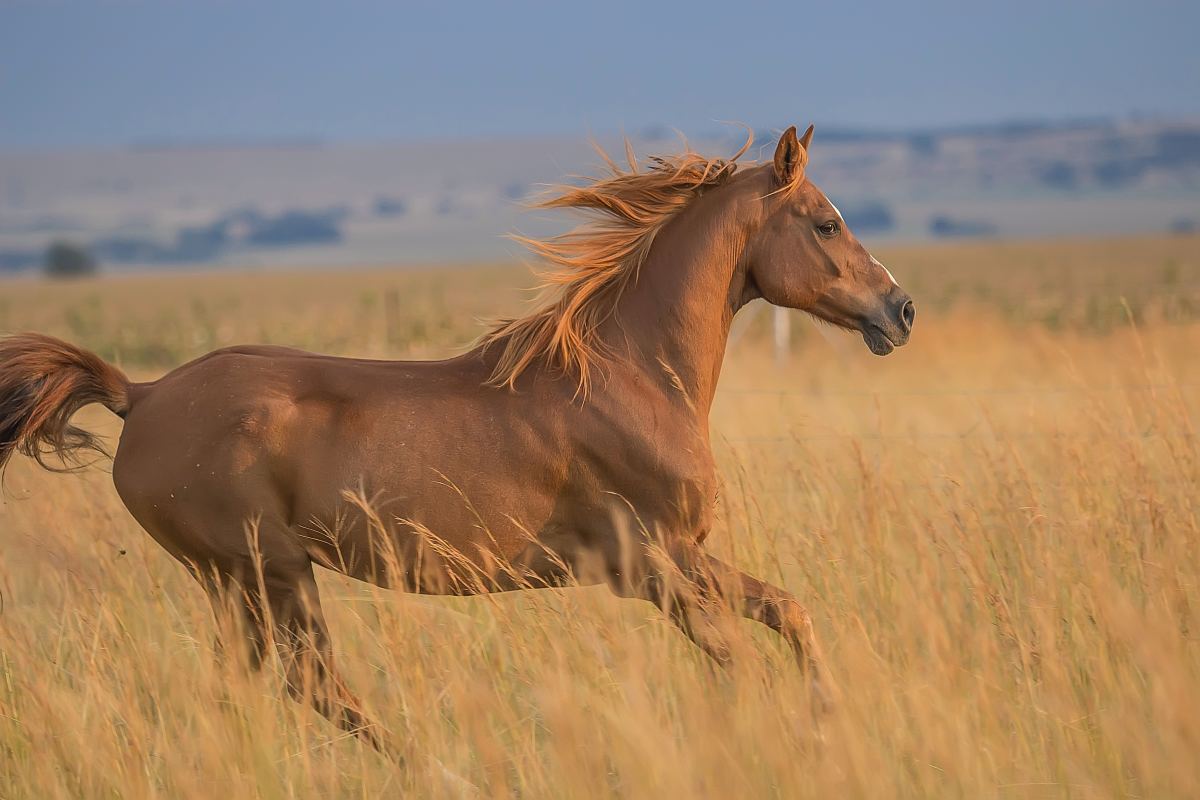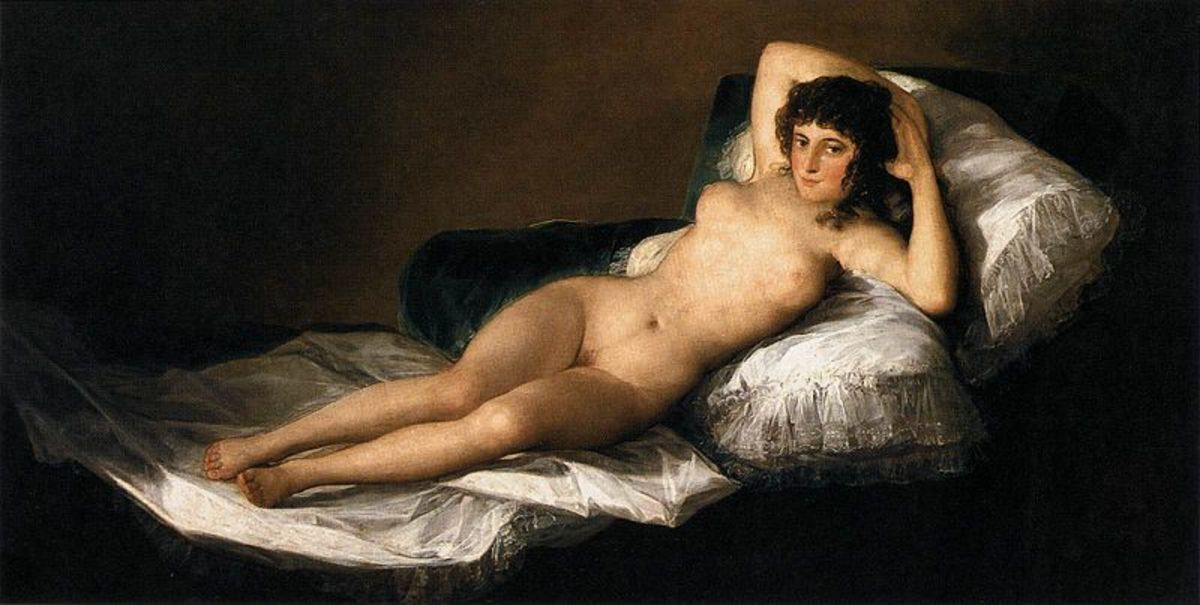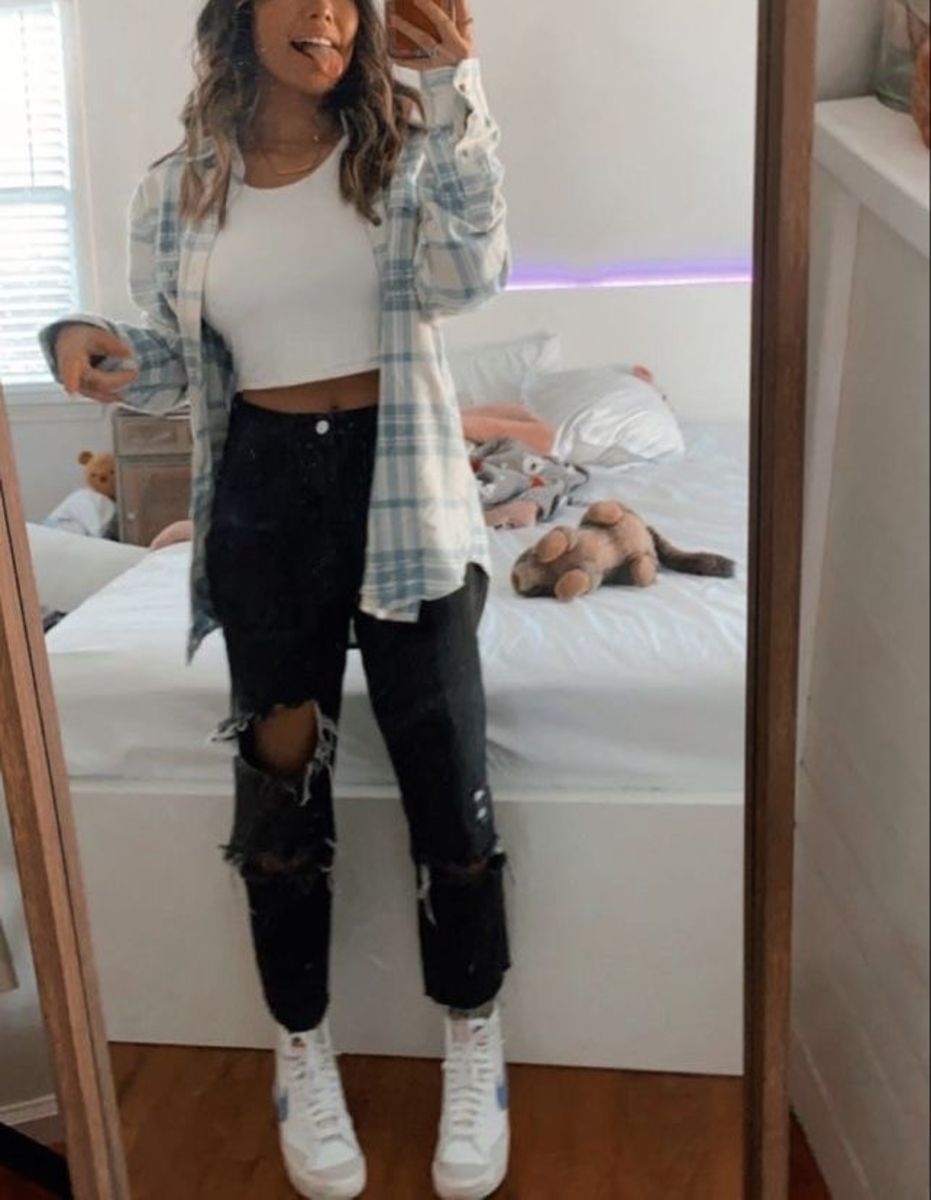David Bowie: A Glam Sensation
1970s Chic
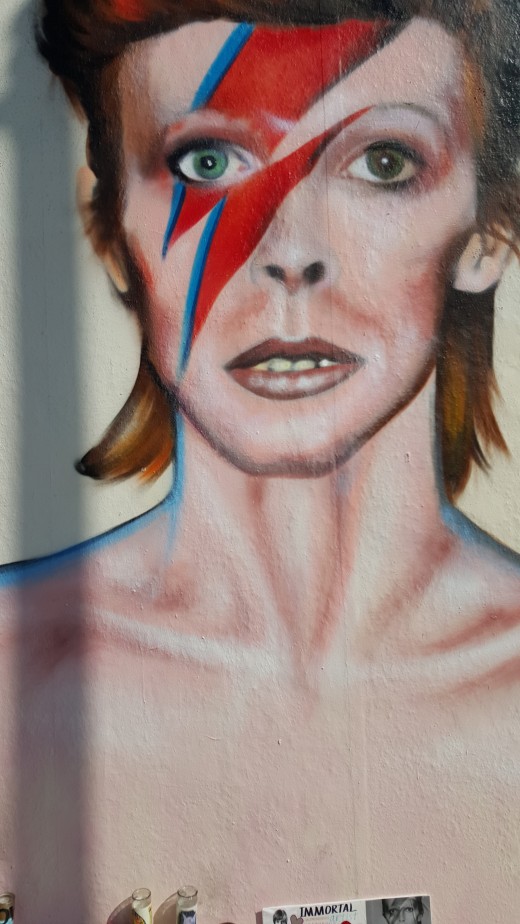
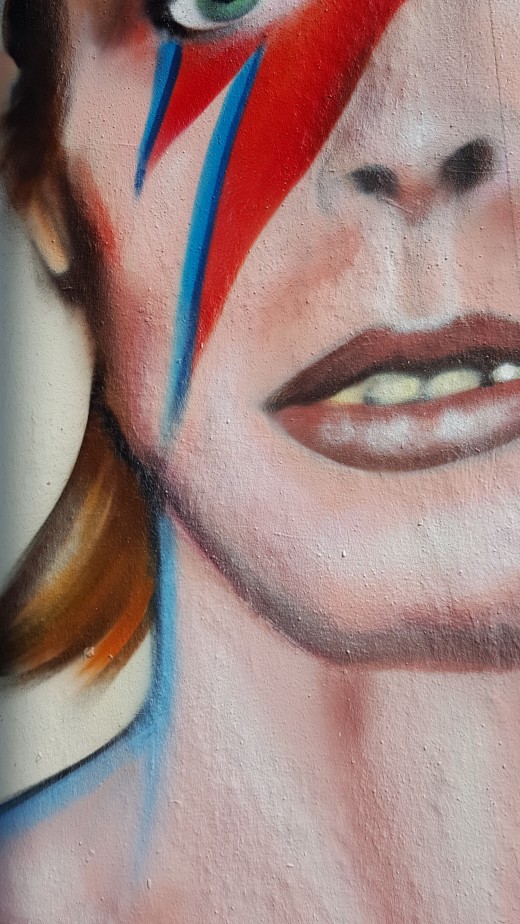
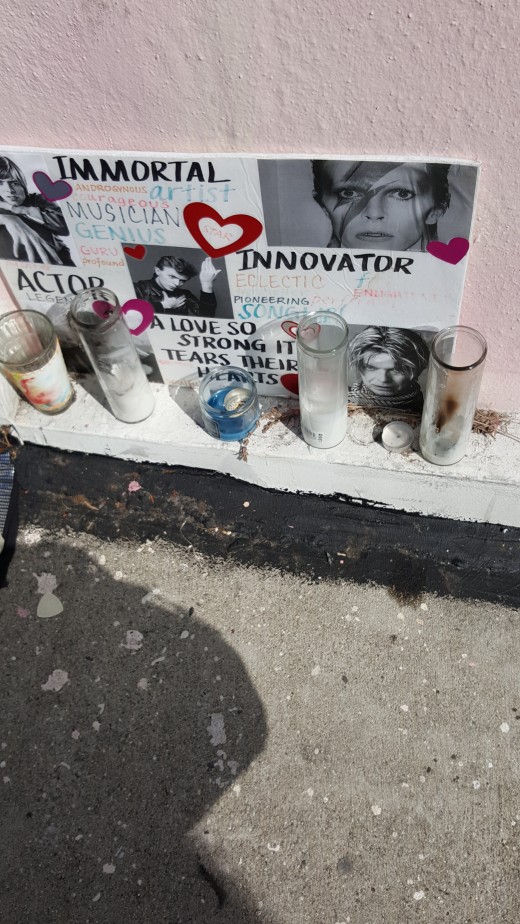
He Was My Inspiration During My Transformation
In 1973 I was around 11 1/2 and just starting as a seventh grader at Orville Wright Junior High School in Westchester, California. Not only was I just beginning a significant chapter in my life I was also in the midst of developing the personality that would define my sartorial style years later as an adult. I'm African-American, and besides being exposed to my first predominately White student body, I was also learning how to love the rock'n'roll music I heard wherever I went then. I also picked up the surfer girl drawl I still have to this day that has led some to believe I grew up in the Valley. Throughout my transformation the one artist who inspired me the most was David Bowie. After reading Peter Doggett's book "The Man Who Sold The World David Bowie And The 1970s" all of those memories about that time came flooding back.
By 1974, I was a slightly less awkward eighth grader, so I felt brave enough to buy my own rock albums and dress a little freer in the bellbottom flares, Hang Ten t-shirts and short skirts popular then. Unfortunately my parents weren't as comfortable with these changes as I was, and sometimes misunderstood why I was attracted to rock and "White Culture". I remember when I was with my mother in a record store one day, and I saw David Bowie's "Diamond Dogs" LP and asked her to buy it for me. She told me she didn't like the cover and told me to pick something else, so I chose Cheech and Chong's "Los Cocinos" album instead. Despite her derision I never forgot that album, and just holding it in my hands, opened up a whole new door for me. I felt like Alice falling down the rabbit hole.
Through Doggett's book I learned that the "Diamond Dogs" cover was created by Guy Peelaert and its theme might've been inspired by William Burrough's story "Wild Boys". I'm also a huge Beatnik fan, with Burrough's book "Junkie" being one of my favorites. That's probably why this connection to Bowie felt so natural! Like him I was starting to "think outside of the box" and look at my surroundings differently.
When I look back on how his quirky, he/she, personalized style of the 1970s also answered the question of "Whether fashion could be art?" I can't help realizing how ahead of his time he was. Now that the Victoria and Albert Museum is featuring an exhibit "David Bowie Is" from March 23 to July 28 and SNAP Galleries is featuring Masayoshi Sukita's Photographs of David Bowie 1972 to 2002" from March 22 to April 30, fans who weren't around in the 1970s can see why he had, and still has, such an impact on the world.
Beyond glam rock, Japanese fashion and vintage clothing he's also inspired my fascination with George Orwell's "1984," Stanley Kubrick's film "A Clockwork Orange" based on Anthony Burgess's book, Japanese manga and anime, and contemporary futuristic books like "Battle Royale" by Koushun Takami, the "Hunger Games" triology, the "Chaos Walking" series and Cormac McCarthy's "The Road." Describing him as a "magpie and a peacock who borrowed looks and styles wherever he could find them" Doggett accurately depicts his influence as a modern Renaissance man whose chameleon-like tendencies have kept me enthralled.
As more people see who he is now, listen to his old stuff and his new album, "The Next Day," I hope they will free themselves, as I did, and experience their surroundings without the conformity and bias he so successfully encouraged his fans to fight against.

